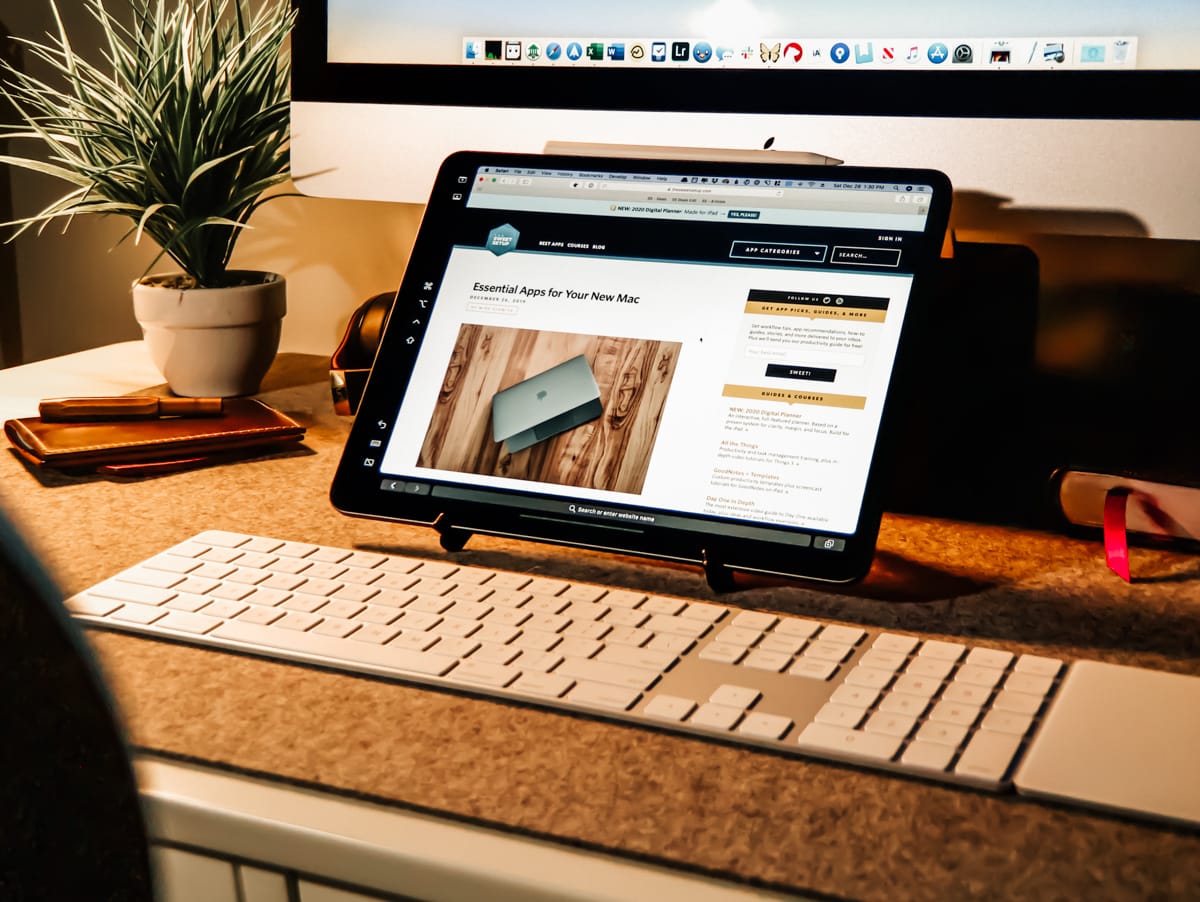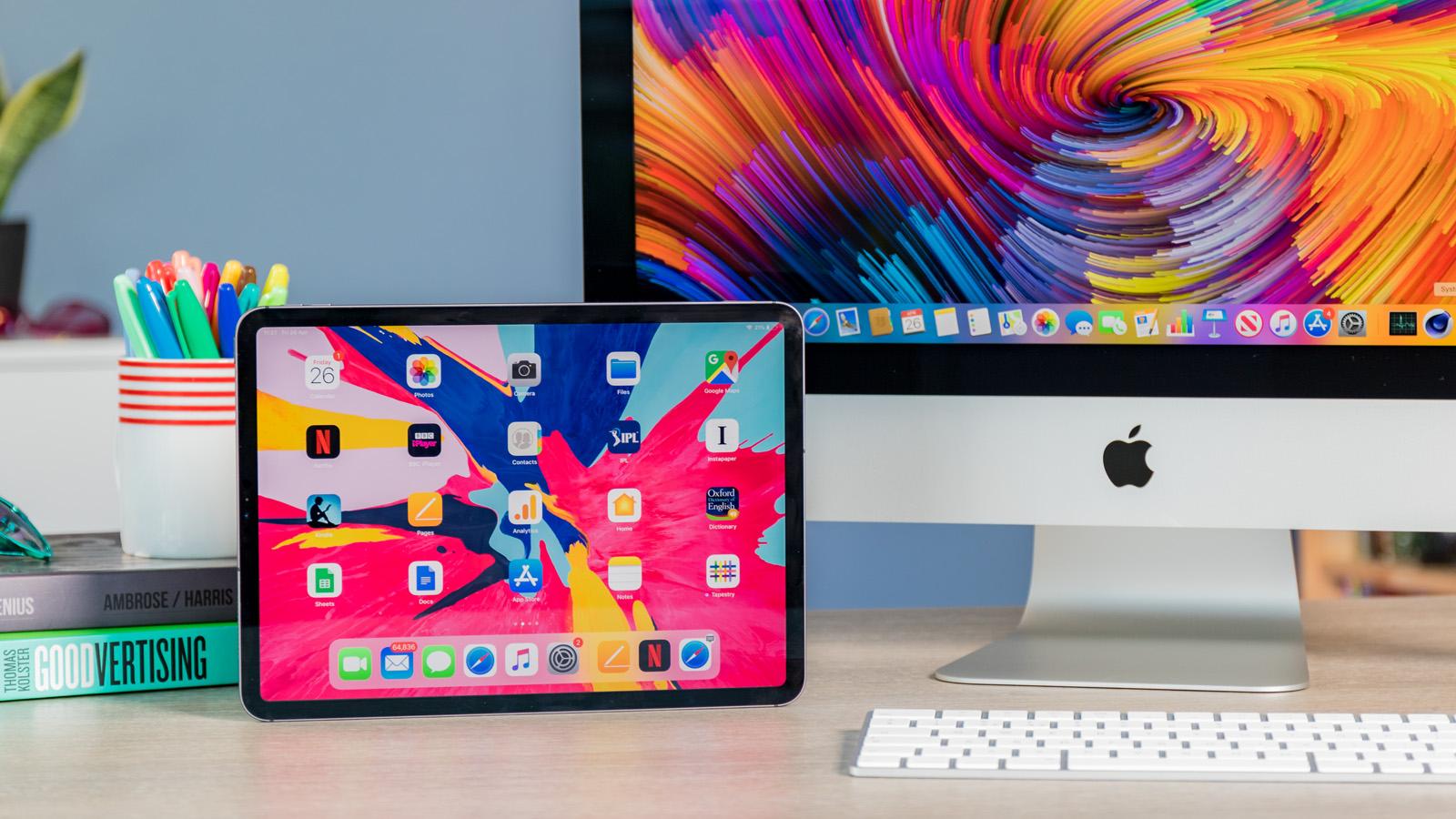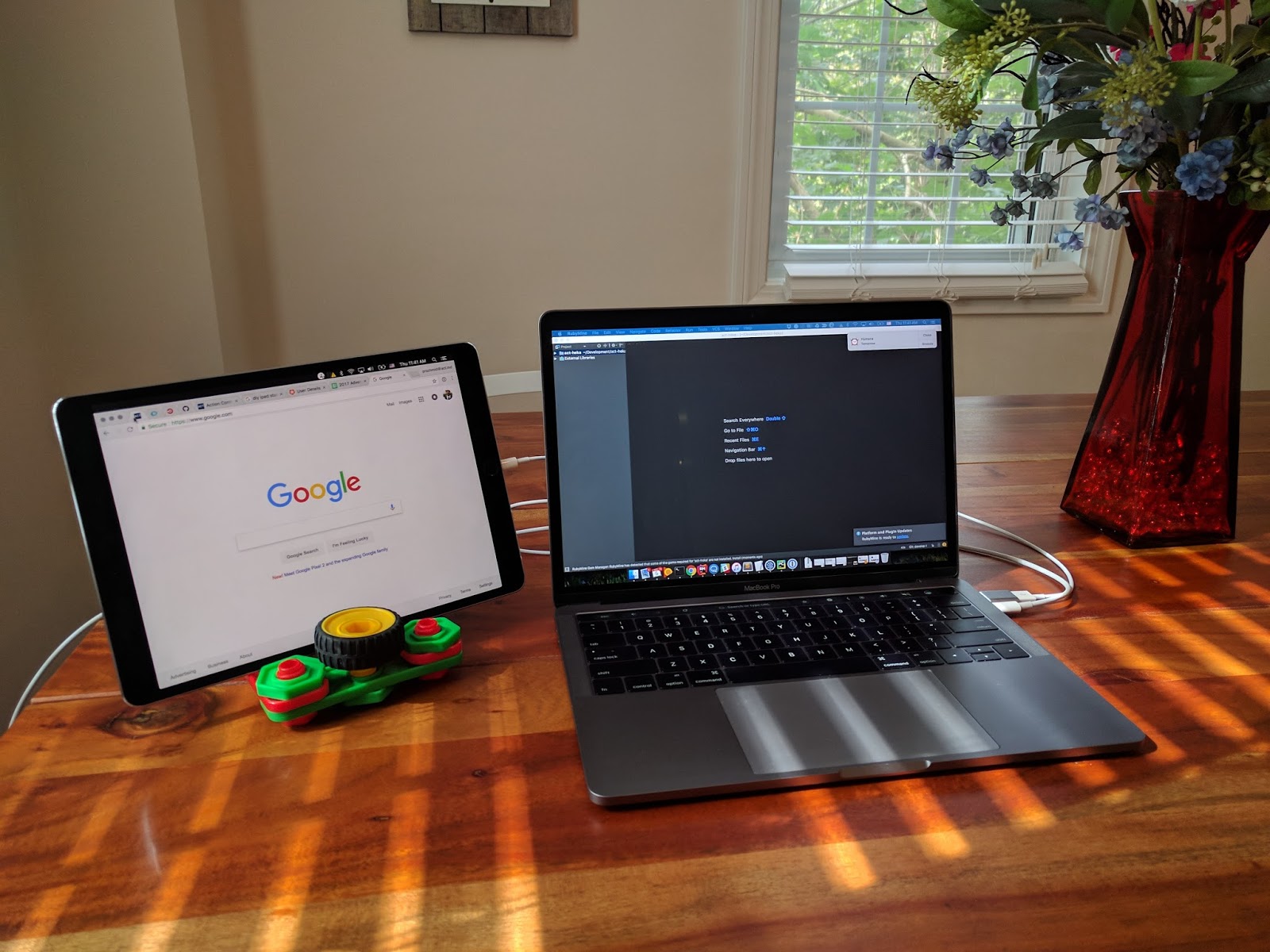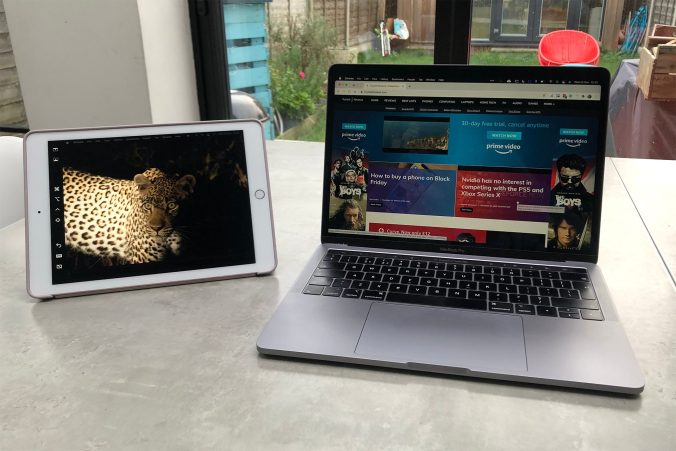In the ever-evolving world of multi-device integration, the ability to use an iPad as a secondary monitor has emerged as a game-changing feature that can dramatically enhance your productivity and digital workflow. Gone are the days when your iPad was merely a content consumption device; with the right software and setup, it can now serve as an extension of your primary computer, providing you with an additional display and a versatile canvas for various tasks and applications.
In this comprehensive guide, we will explore the step-by-step process of using your iPad as a second monitor, equipping you with the knowledge and tools to unlock the full potential of this powerful dual-display setup. From understanding the necessary hardware and software requirements to mastering the configuration and setup, this article will guide you through the entire journey, empowering you to seamlessly integrate your iPad into your computing ecosystem and unlock a new level of efficiency and multitasking capabilities.
Prepare to unleash the power of your iPad and elevate your productivity by transforming it into a feature-rich secondary monitor.

Understanding the Benefits of Using an iPad as a Second Monitor
Before diving into the technical aspects of setting up your iPad as a second monitor, it’s important to understand the compelling benefits that this configuration can offer, as it will help you determine if it’s the right solution for your specific needs and workflow.
Expanding Your Workspace
One of the primary advantages of using an iPad as a second monitor is the ability to expand your available workspace, providing you with an additional display for multitasking, content creation, and various other applications.
Improved Multitasking Capabilities
With a dual-display setup, you can seamlessly switch between different applications, reference materials, and communication tools, enhancing your overall productivity and efficiency.
Enhanced Workflow for Content Creation
Creative professionals, such as designers, video editors, and writers, can leverage the additional screen real estate to streamline their workflows, allowing them to access tools, reference materials, and various panels simultaneously.
Leveraging Portability and Flexibility
The inherent portability and versatility of the iPad make it an ideal choice for a secondary monitor, as it can be easily integrated into your existing setup and transported to different locations as needed.
Mobility and Remote Work Enablement
When working remotely or on-the-go, using your iPad as a second monitor can provide you with a compact, easily deployable display solution to complement your primary computer.
Adaptability to Various Environments
The iPad’s wireless connectivity and battery-powered operation allow you to position it in different areas of your workspace, providing you with greater flexibility and the ability to optimize your work environment.
Maximizing Screen Real Estate
By utilizing your iPad as a secondary display, you can effectively increase the total screen real estate available to you, enabling more efficient multitasking and the ability to view more content simultaneously.
Expanded Canvas for Visual Tasks
For tasks that involve visual elements, such as design, photo editing, or video production, the additional screen space can enhance your productivity and creative workflow.
Improved Ergonomics and Comfort
The strategic placement of your iPad as a secondary monitor can help reduce eye strain and neck tension, as you can adjust the viewing angles and distances to suit your needs.
Setting Up Your iPad as a Second Monitor
With a clear understanding of the benefits of using an iPad as a second monitor, let’s dive into the step-by-step process of setting up and configuring this dual-display solution.
Selecting the Appropriate Software
The first step in using your iPad as a second monitor is to choose the right software solution that will facilitate the seamless integration between your iPad and your primary computer.
Exploring Popular Mirroring and Extending Apps
Investigate and compare various third-party apps, such as Splashtop, Duet Display, and Luna Display, that specialize in turning your iPad into a secondary monitor.
Considering Compatibility and Features
Evaluate the compatibility of the apps with your specific devices and operating systems, as well as the range of features and customization options they offer.
Connecting Your iPad to Your Computer
Once you’ve selected the appropriate software, it’s time to establish the physical and wireless connection between your iPad and your primary computer.
Connecting via USB or Wireless Network
Depending on the software you’ve chosen, you may need to connect your iPad to your computer using a USB cable or through a wireless network connection.
Ensuring a Stable and Reliable Connection
Optimize the connection between your devices to ensure a seamless and responsive experience when using your iPad as a secondary monitor.
Configuring the Display Settings
After establishing the connection, you’ll need to configure the display settings to integrate your iPad seamlessly into your overall computing setup.
Adjusting the Screen Resolution and Orientation
Customize the screen resolution and orientation of your iPad to match your primary display and optimize the visual experience.
Customizing the Display Layout and Alignment
Position and align your iPad’s display in relation to your primary monitor to create a cohesive and ergonomic dual-screen setup.
Leveraging the Capabilities of Your iPad as a Second Monitor
With your iPad successfully integrated as a secondary monitor, it’s time to explore the various ways in which you can leverage this powerful configuration to enhance your productivity, efficiency, and overall computing experience.
Extending Your Desktop
One of the primary use cases for an iPad second monitor is to extend your primary computer’s desktop, providing you with additional screen real estate for multitasking and enhanced workflow.
Dragging and Dropping Content
Seamlessly transfer files, documents, and other digital assets between your primary computer and the iPad display by simply dragging and dropping them.
Dedicating the iPad to Specific Tasks
Allocate the iPad display to specific applications or windows, allowing you to focus on particular tasks without the distraction of your primary computer’s interface.
Utilizing the iPad’s Touchscreen Capabilities
The iPad’s touchscreen functionality can be a powerful asset when using it as a secondary monitor, enabling intuitive interactions and specialized use cases.
Annotating and Highlighting Content
Leverage the iPad’s touchscreen to annotate documents, mark up presentations, and highlight important information directly on the secondary display.
Integrating with Creative Applications
Creative professionals can take advantage of the iPad’s touch capabilities to seamlessly interact with digital art, photo editing, and video production tools on the secondary display.
Enhancing Presentations and Demonstrations
When delivering presentations or conducting demonstrations, using an iPad as a secondary monitor can significantly improve the overall experience for both the presenter and the audience.
Mirroring Your Primary Display
Seamlessly mirror your primary computer’s display on the iPad, allowing your audience to focus on the content while you maintain control over the presentation.
Displaying Supplementary Information
Dedicate the iPad display to showcasing supplementary information, such as presenter notes, talking points, or additional visual aids, without disrupting the primary presentation.
Conclusion: Unleash the Power of Your iPad as a Second Monitor
Transforming your iPad into a powerful second monitor is a game-changing capability that can significantly enhance your overall computing experience, productivity, and workflow. Through this comprehensive guide, you have gained the knowledge and confidence to successfully integrate your iPad into your computing ecosystem, unlocking a new level of multitasking, collaboration, and creative potential.
By understanding the compelling benefits of using an iPad as a secondary display, from expanded workspace and improved multitasking to enhanced portability and adaptability, you can now make an informed decision about whether this dual-display setup is the right solution for your specific needs. Furthermore, the step-by-step instructions and best practices outlined in this article have equipped you with the necessary skills to seamlessly set up, configure, and leverage the capabilities of your iPad as a second monitor.
As you continue to explore and optimize the use of your iPad as a secondary display, remember to stay open-minded and adaptable. Experiment with different software solutions, explore the various use cases, and continuously seek ways to integrate this powerful feature into your daily computing routine. By doing so, you’ll unlock new levels of efficiency, creativity, and overall satisfaction in your digital interactions.
Unleash the power of your iPad and transform it into a feature-rich secondary monitor that elevates your productivity, collaboration, and computing experience to new heights.

Leave a Reply